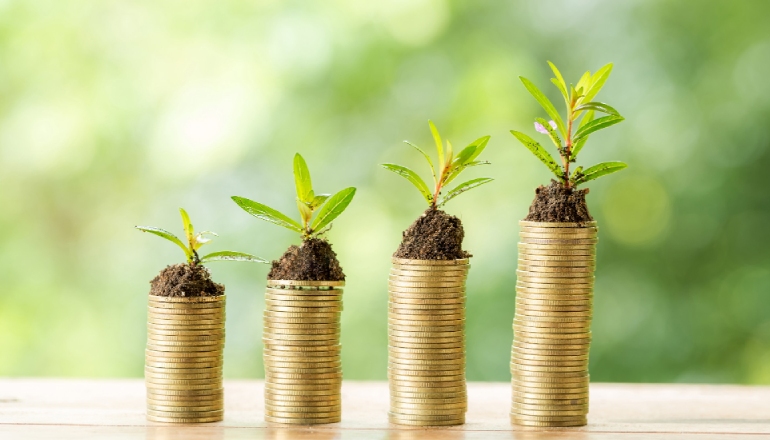The Asian Development Bank (ADB) is investing $25 million in a certified climate bond issue by Vivriti Capital Limited (VCL). Vivriti will use atleast 30 percent of the funds for EV financing, including charging stations and battery swapping stations.
This is the first such bond issued by a medium-sized non-bank financial company in India. The proceeds will be used to provide finance for companies engaged in sectors including electric vehicles, solar and wind energy, and waste management.
According to an ADB statement, the bond is being certified by the Climate Bonds Initiative and aims to enhance access to climate finance for financially underserved enterprises, including micro, small, and medium-sized enterprises (MSMEs), mid-market corporates, and retail clients in India.
At least 30 percent of the funds will be earmarked for electric vehicle financing, including charging stations and battery swapping stations, ADB said.
“Climate bonds can bridge the large market gap for climate finance in India while supporting the development of the capital market,” said Suzanne Gaboury, Director General for Private Sector Operations, ADB. “This partnership with Vivriti Capital Limited allows ADB to support scalable and commercially viable renewable energy projects and promote decarbonization of road transport, which accounts for up to 30 percent of urban air pollution in India.”
“As the country sets out to reduce carbon emissions by one billion tons by 2030 and achieve net-zero by 2070, the need for substantial financial support has never been more crucial,” said Vineet Sukumar, Founder and Managing Director, VCL. “With this partnership, we are well-positioned to channel these funds into critical areas such as electric vehicles and renewable energy projects. These investments will not only drive sustainable economic growth but also create a lasting multiplier effect across the broader economy.”
It must be noted that India urgently needs climate finance to tackle the worsening impacts of climate change, with more than 80 percent of the population at risk of climate-related disasters.
Moreover, India’s debt capital market needs further development, with only 3.8% of domestic corporate bonds classified as green bonds, ADB said in a press release.

